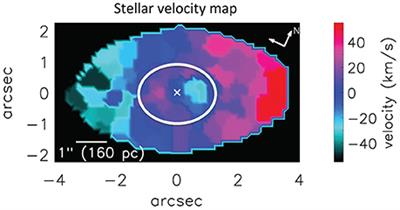EDITORIAL
Published on 17 Aug 2018
Editorial: Quasars at All Cosmic Epochs
doi 10.3389/fspas.2018.00028
- 2,042 views
- 6 citations
36k
Total downloads
232k
Total views and downloads
EDITORIAL
Published on 17 Aug 2018
ORIGINAL RESEARCH
Published on 01 Jun 2018
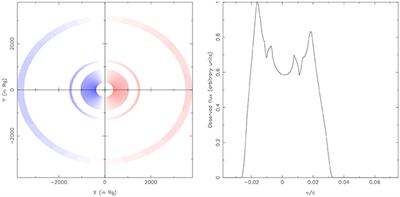
PERSPECTIVE
Published on 09 May 2018
PERSPECTIVE
Published on 23 Apr 2018
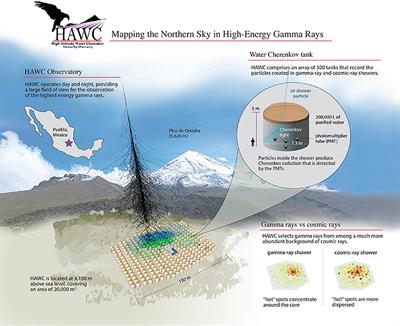
METHODS
Published on 06 Mar 2018
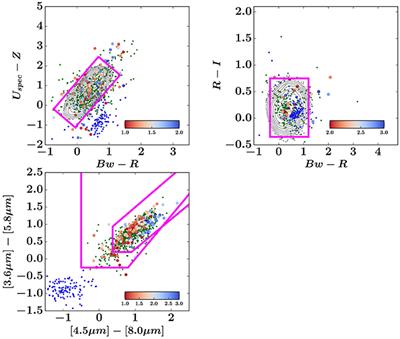
REVIEW
Published on 01 Mar 2018
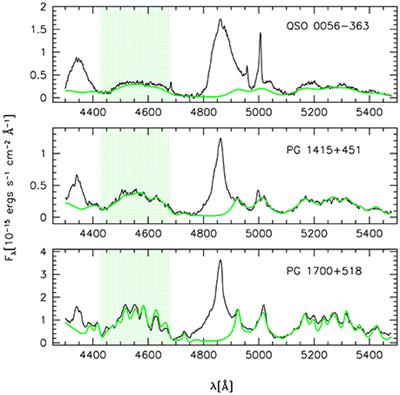
ORIGINAL RESEARCH
Published on 06 Feb 2018
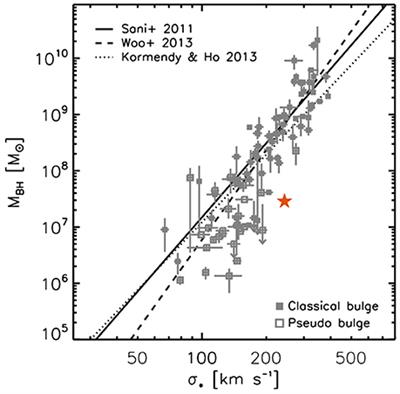
ORIGINAL RESEARCH
Published on 31 Jan 2018
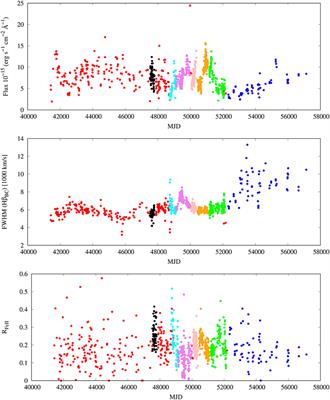
MINI REVIEW
Published on 31 Jan 2018
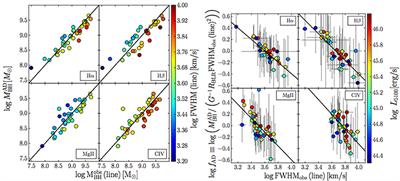
ORIGINAL RESEARCH
Published on 24 Jan 2018
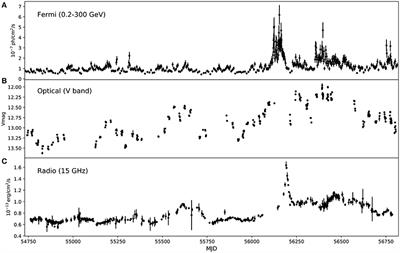
ORIGINAL RESEARCH
Published on 19 Jan 2018
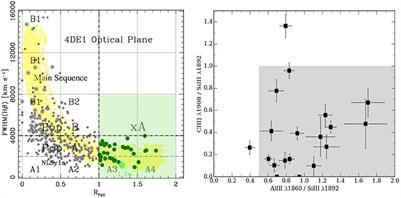
PERSPECTIVE
Published on 15 Jan 2018
